Why aren't your Google Ads converting?🧐
If you're getting clicks but no results, your landing page might be the problem. Learn how to create pages that match intent, load fast, and drive action.

What is a Google Ads Landing Page?
A Google Ads landing page is the web page a user is taken to after clicking on your ad. It is not your homepage—it’s a standalone page designed with one purpose: to convert that click into a meaningful action, such as a purchase, a form submission, or a sign-up.
Unlike general website pages, a good landing page is tightly aligned with the ad message and the keyword intent. Google also considers landing page experience as a key factor in your Quality Score, which affects both your Ad Rank and cost-per-click (CPC).
In short, a well-built landing page helps you:
-
Improve conversions
-
Reduce bounce rates
-
Lower CPC by improving Quality Score
-
Deliver a more relevant experience to your audience
How to Create a Google Ads Landing Page
1️⃣Step 1: Define Your Goal
-
Fill out a form?
-
Make a purchase?
-
Download an ebook? Make sure every element on your landing page supports this single goal.
2️⃣Step 2: Craft a Clear and Compelling Headline
-
Match your ad message and keyword intent
-
Clearly state the value or benefit
-
Be concise and action-oriented
3️⃣Step 3: Keep the Design Simple and Focused
-
Clean layout with lots of white space
-
One prominent CTA (Call-to-Action) button
-
Fast loading speed (under 3 seconds)
-
Mobile-friendly design
4️⃣Step 4: Use Trust Signals and Social Proof
-
Customer testimonials or star ratings
-
Logos of partners or clients
-
Guarantees (e.g., “30-day money-back”)
-
Secure checkout icons (if applicable)
5️⃣Step 5: Align With Your Ad and Keywords
-
Include the target keyword in your headline and body text
-
Deliver exactly what the ad promised (no bait-and-switch)
-
Match the user’s search intent
✅ Bonus Tip
Use tools like Google Optimize or Hotjar to A/B test your landing pages and track user behavior to improve performance over time.
Best Practices for Landing Page Optimization
Once your landing page is live, the work isn’t over. Optimization is a continuous process. Here are some proven best practices:
-
Match Search Intent: Use keywords that reflect the user’s search intent in the headline, subheads, and CTA. This helps both SEO and Quality Score.
-
Use Visual Hierarchy: Guide the user’s eyes from headline to CTA. Make key elements (headline, benefits, CTA button) visually stand out.
-
Minimize Form Fields: If you're collecting leads, reduce the number of form fields to only what’s absolutely necessary. The more fields, the lower the conversion rate.
-
A/B Test Variations: Test different headlines, CTAs, images, and layouts. Even small changes can yield significant improvements in performance.
-
Track with Analytics: Use Google Analytics, Google Ads conversion tracking, and tools like Hotjar to see where users click, drop off, or convert.

💯Awesome Landing Page Examples
Looking for inspiration? While we won’t fabricate specific data, here are five commonly cited examples known for best-in-class landing page structure and conversion strategy:
Shopify
Simple, benefit-driven headline, clear CTA (“Start free trial”), and trust signals like media mentions and customer logos.

H.BLOOM
Using high-resolution photography and lots of white space, H.BLOOM’s landing page is a pleasure to look at.

Squarespace
Clean layout with minimal distractions. Uses bold typography and compelling imagery to drive attention to its value proposition.

These examples all follow the same principle: clarity, focus, and a single conversion goal.
🛠 Tools & Templates to Build Your Landing Page
You don’t have to be a developer to create a high-quality landing page. Here are several tools that offer templates and drag-and-drop builders:
-
Unbounce – Designed specifically for marketers, with A/B testing and AI-powered optimization.
-
Instapage – Offers fast page creation, dynamic content replacement, and detailed analytics.
-
Webflow – For users who want full design control with built-in responsiveness.
-
Shopify (for e-commerce) – Has built-in landing page apps and templates for product promotions.
-
WordPress + Elementor – A flexible, low-cost option with lots of pre-built landing page designs.
These platforms typically include templates optimized for Google Ads, meaning you can get started quickly and tweak designs as needed.
